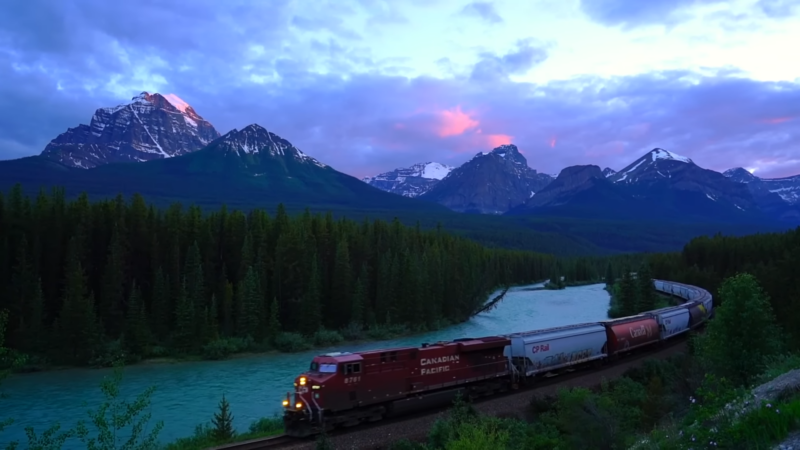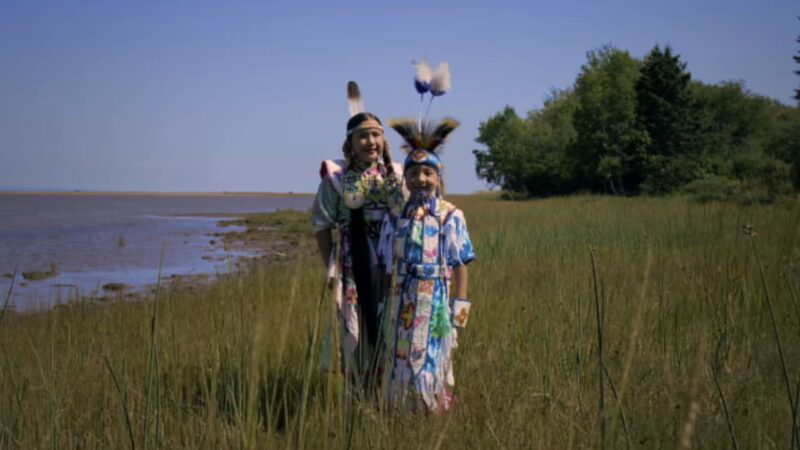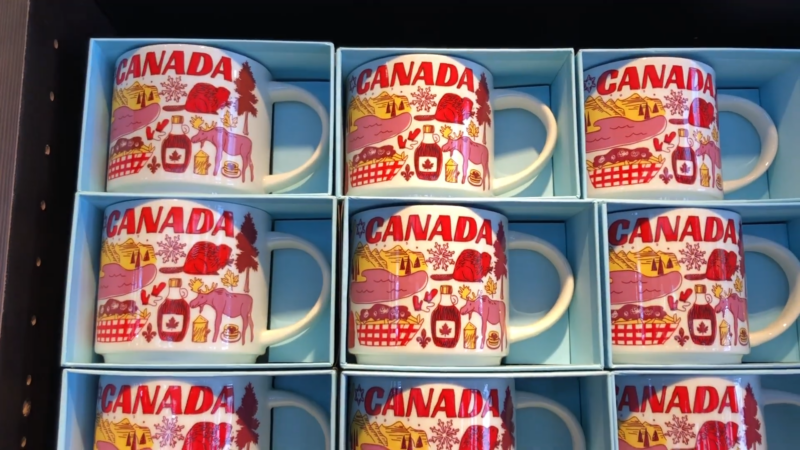Canada’s vast landscape, encompassing mountains, forests, and coasts, mirrors its cultural diversity. This diversity is not just in its natural scenery but also in its people. From the French-speaking provinces like Quebec to the Indigenous communities, Canada offers a rich tapestry of cultures.
When you travel through Canada, you’re not just moving across distances; you’re traversing a cultural spectrum. It’s essential to approach each region with an open mind and respect for its unique customs and languages.
1. Navigating the Climate

Canada’s weather can be as varied as its culture. Understanding the regional climates and the best times to visit each area is crucial. For instance, if you’re planning to visit the Rocky Mountains in Alberta, the summer months offer great hiking trails, while winter brings world-class skiing.
The coastal areas, like British Columbia, have milder winters and are ideal for those who aren’t keen on extreme cold. Always check the weather forecasts for the specific regions you plan to visit and pack accordingly.
2. Mastering Canadian Etiquette
Canadians are known for their politeness and friendliness. Saying “please,” “thank you,” and “sorry” goes a long way in Canada. In public spaces, maintain a respectful tone and be mindful of personal space.
Tipping is customary in Canada and is usually around 15-20% at restaurants. Understanding these social norms will enhance your interactions and experiences throughout your trip.
3. Staying Connected
Staying connected and secure on the web in Canada is relatively straightforward. Major cities and towns have strong mobile network coverage. However, in remote areas, connectivity can be limited. Consider purchasing a Canadian SIM card for your phone for better coverage and rates.
Also, most hotels, cafes, and public spaces offer Wi-Fi, making it easier to stay connected with friends and family back home. Click here if you ever end up requiring a VPN for Canada.
4. Exploring the Culinary Scene
Canadian cuisine is as diverse as its population. Each region offers its own specialties. In Quebec, you must try poutine, a dish of fries topped with cheese curds and gravy. The coasts are famous for their fresh seafood, especially lobster and salmon.
Don’t forget to indulge in Canadian maple syrup, which is a staple in many Canadian dishes. Exploring local eateries and trying regional specialties will give you a real taste of Canada’s diverse culinary landscape.
5. The Great Canadian Outdoors
Canada is a paradise for nature lovers. The country boasts numerous national parks, each offering unique natural attractions. Banff and Jasper in Alberta are renowned for their majestic mountains and turquoise lakes.
For those interested in marine life, the coastal waters of British Columbia are excellent for whale watching. And if you’re in search of the Northern Lights, head to Yukon during the winter months. Remember to respect wildlife and natural habitats during your explorations.
6. Navigating Transportation
Canada’s size means that getting around can take time. While major cities have efficient public transit systems, renting a car might be more convenient for exploring remote areas.
Canada also offers scenic train rides, like the VIA Rail, which provides a unique way to see the country. Planning your transportation in advance, especially for longer journeys, is advisable to ensure you make the most of your time.
7. Engaging with Indigenous Cultures

Canada is home to a rich Indigenous heritage, and many communities welcome visitors to learn about their history and culture. Participating in guided tours, visiting cultural centers, or attending festivals can be enlightening experiences.
Remember to approach these experiences with respect and sensitivity towards the traditions and histories of Indigenous peoples.
8. Embracing Local Festivals and Events
One of the best ways to experience Canadian culture is by participating in local festivals and events. Canada is host to numerous celebrations throughout the year. The Calgary Stampede showcases the country’s Western culture and heritage, while the Montreal Jazz Festival offers a musical feast for the ears.
Winter brings Quebec City’s Winter Carnival, a magical celebration of snow and ice. Planning your trip around these events can provide a deeper insight into Canada’s vibrant cultural life.
9. Exploring Urban Landscapes
Canada’s cities are as diverse as its landscapes. Toronto, a bustling metropolis, offers a blend of arts, culture, and cuisine. For winter sports enthusiasts, the city also serves as a gateway to some of the top 15 places to go snowboarding and skiing near Toronto.
Montreal, with its quaint cobblestone streets, reflects a strong European influence.
Vancouver is a haven for outdoor enthusiasts and foodies alike. Exploring these urban landscapes provides a contrast to Canada’s wilderness, showcasing the country’s modern and multicultural facets.
10. Understanding Canadian History
To fully appreciate Canada, a grasp of its history is essential. The country’s past is a complex tapestry of Indigenous cultures, French and British colonization, and a multicultural immigration history. Museums and historical sites, such as the Canadian Museum of History in Ottawa or the historic district of Old Quebec, offer insightful perspectives into Canada’s past.
11. Adventure Sports and Activities
For adrenaline seekers, Canada offers a plethora of adventure sports and activities. From world-class skiing and snowboarding in the Rockies to surfing on the coasts of Vancouver Island, there’s no shortage of thrills.
Summer brings opportunities for hiking, mountain biking, and canoeing. Safety should always be a priority, so ensure you have the right gear and local knowledge before embarking on these adventures.
12. Shopping and Souvenirs

Shopping in Canada can be a unique experience, with opportunities to purchase Indigenous art, local crafts, and Canadian fashion. Popular souvenirs include maple syrup products, Inuit sculptures, and Canadian sports merchandise.
Major cities offer a mix of high-end stores, boutique shops, and quaint markets. Remember to check the customs regulations of your home country before purchasing certain items.
13. Health and Safety
Canada is generally a safe destination with high health and safety standards. Travel insurance is strongly recommended, as healthcare for non-residents can be expensive.
It’s also wise to familiarize yourself with local laws and safety guidelines, especially when exploring wilderness areas. In case of emergencies, the nationwide emergency number is 911.
14. Budgeting for Your Trip

Budgeting is an important aspect of planning your Canadian adventure. Costs can vary significantly depending on your travel style, destinations, and activities. Accommodation ranges from budget hostels to luxury hotels.
Dining out and transportation can also add up, so it’s advisable to set a budget and monitor your spending. Considering options like camping, cooking meals, or using public transportation can help in managing your budget effectively.
End Note
Concluding your Canadian journey with these insights ensures a well-rounded and fulfilling experience. Canada’s blend of natural wonders, rich cultures, and modern cities offers something for every traveler.
With thoughtful planning and an open mind, your Canadian adventure will not just be a trip, but a journey through a land full of surprises, beauty, and unforgettable experiences.
Related Posts:
- What To Do When Visiting Tamil Nadu Capital? -…
- 4 Useful Things to Know Before Renting a Car in…
- When Is the Ideal Weather for Traveling to South America?
- Sailing the Nile: Things to Know About Nile Cruises…
- Car History Check: What It Is and Why It's Crucial…
- How to Get to Takakkaw Falls - A Jewel in Canada's…







